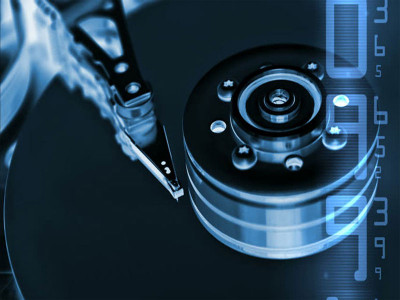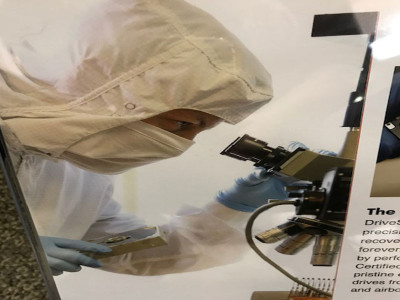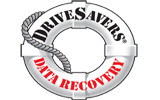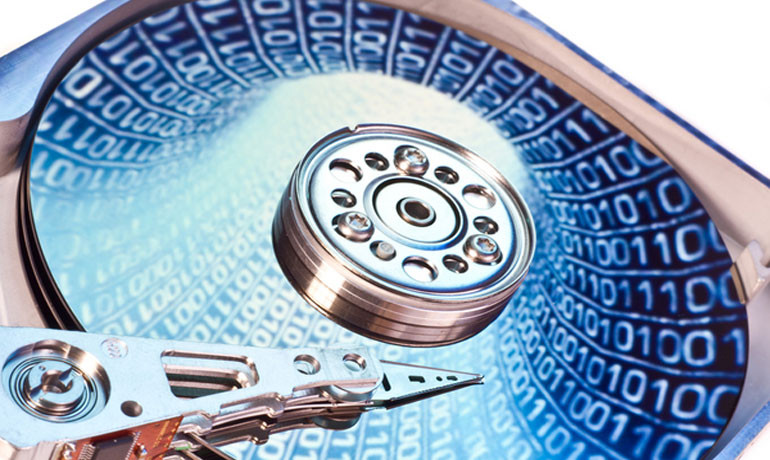
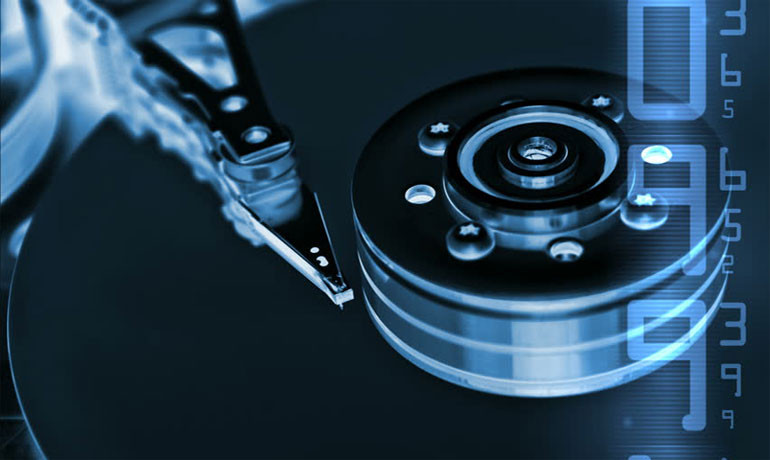

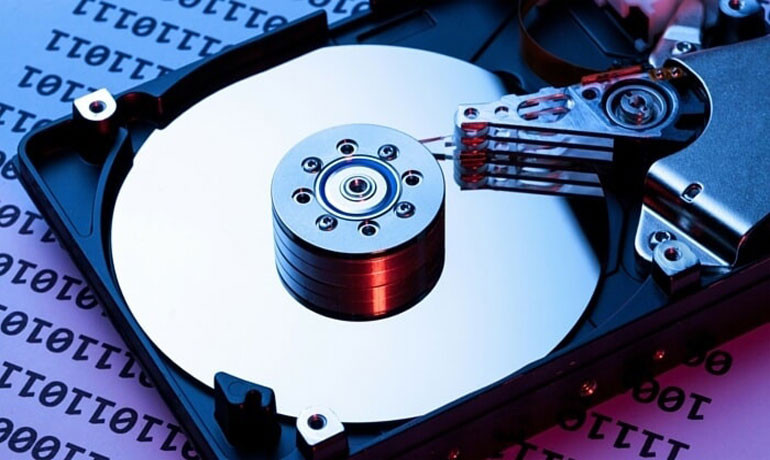
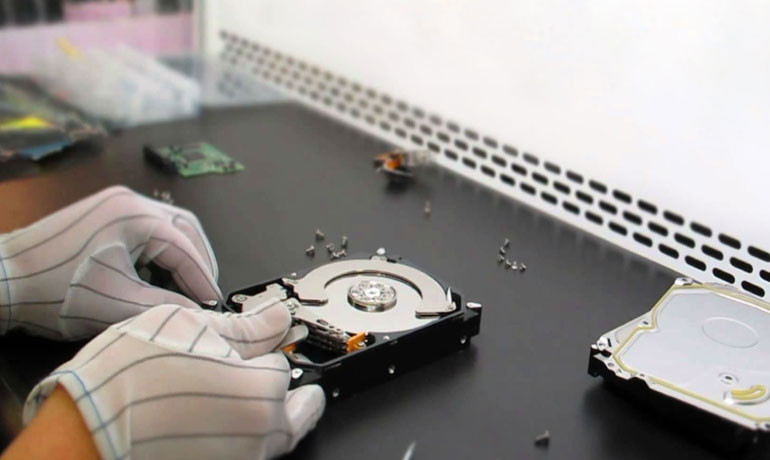





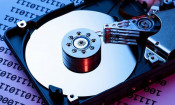



Data Backup vs. Data Recovery
Data Backup and Data Recovery are two distinct processes that serve different purposes in protecting your information.
Data Backup refers to copying and transferring data from a healthy, functioning hard drive to another storage device—such as a flash drive, optical disc, external hard drive, or cloud storage—for safekeeping or future use. This is commonly done when upgrading to a new computer or when users wish to create a secure copy of their important files.
Regular backups are essential to protect against accidental data loss, computer viruses, hard drive failures, physical damage, or theft. We strongly recommend scheduling routine backups to ensure your data remains secure. Our team can also help configure automatic cloud backup solutions, offering a reliable and convenient way to safeguard your files.
Data Recovery, on the other hand, is a process performed when data has already been lost, deleted, or becomes inaccessible. This can happen due to hard drive malfunctions, virus infections, operating system corruption, booting issues, or accidental deletion. The goal of data recovery is to retrieve and restore data from damaged, failed, or corrupted storage devices.
To address different levels of data loss and complexity, we categorize our Data Recovery Services into four levels, ranging from simple retrievals to advanced recovery from physically damaged drives or RAID systems.
- Data Recovery Level 1:
When the Windows operating system fails to boot, but the hard drive is still detected and readable in the BIOS, this is considered a Level 1 data recovery scenario. In these cases, the drive and its data are typically accessible without major hardware issues.The recovery process generally takes between 2 to 24 hours, depending on the drive size and data volume. The base service fee starts at $120.
- Data Recovery Level 2:
In a Level 2 data recovery scenario, the hard drive is detected by both the BIOS and the operating system; however, the files and folders cannot be accessed or explored. This typically indicates logical corruption, damaged file system structures, or partition errors.These recoveries are more complex than Level 1 cases and may require advanced diagnostic and extraction tools. The process usually takes between 2 to 48 hours, depending on the extent of the damage. The base service fee starts at $185, with additional costs depending on the condition of the drive and the amount of data to be recovered.
-
Data Recovery Level 3:
When a hard drive is not detected in the computer’s BIOS or by the operating system, it is classified as a Level 3 data recovery case. These situations usually involve severe physical or electronic damage, making the recovery process far more complex than Level 1 or Level 2 recoveries.Because these cases often require specialized equipment and cleanroom procedures, the process can take anywhere from two days to two weeks. The base cost starts at $600, with the final price depending on the extent of the damage and the complexity of the recovery, and
- Data Recovery Level 4:
When hard drives are configured in a RAID (Redundant Array of Independent Disks) setup, data recovery becomes a Level 4 process. While RAID systems are designed to provide redundancy and protect against data loss, failures can still occur due to hardware malfunction, controller failure, corruption, or accidental reconfiguration.Recovering data from RAID arrays is typically more complex and time-consuming, as it involves reconstructing the array and restoring data integrity. RAID data recovery generally requires specialized tools and expertise, making it both more time-intensive and costly than standard single-drive recoveries.
- Diagnostic Fee Policy
We charge a $35 diagnostic fee to evaluate your hard drive and determine whether your data can be recovered.
If we’re unable to recover your data, only the diagnostic fee will apply. However, if data recovery is successful, the diagnostic fee will be credited toward the total recovery cost.





